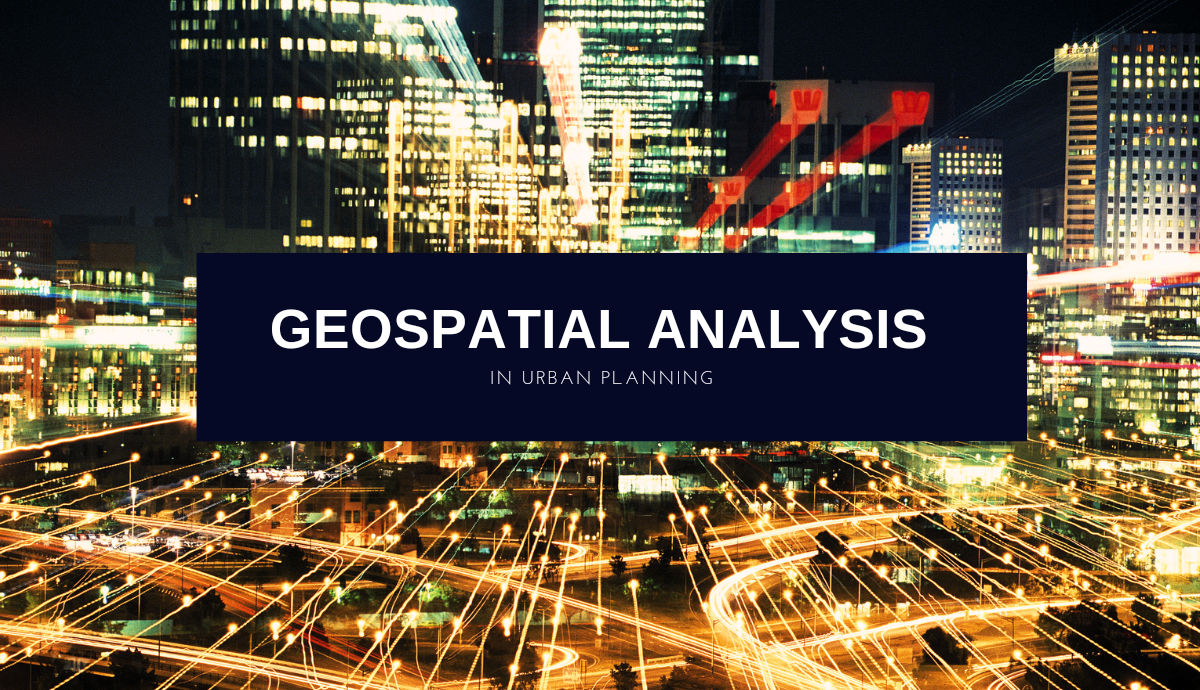Urban planning and development are complex processes that involve many different factors, such as land use, transportation networks, environmental impacts, and social and economic considerations. Geospatial analysis provides a powerful set of tools to analyze and visualize spatial data, which can help urban planners and policymakers make informed decisions and create more livable, sustainable, and equitable cities.
Geospatial analysis refers to the process of analyzing and manipulating geographic data, such as satellite imagery, aerial photographs, and digital maps, using specialized software and statistical techniques. This process can be used to identify patterns, trends, and relationships in spatial data, and to create visualizations that help communicate these findings to stakeholders.
One of the key applications of geospatial analysis in urban planning is land use planning. By analyzing land use patterns, urban planners can identify areas that are suitable for development, areas that should be preserved for environmental or cultural reasons, and areas that are at risk of natural hazards such as floods or landslides. Geospatial analysis can also be used to assess the impacts of development on the environment, such as air and water quality, and to identify areas where environmental remediation may be necessary.
Another important application of geospatial analysis in urban planning is transportation planning. By analyzing transportation networks, urban planners can identify areas that are underserved by public transportation, and areas where new transportation infrastructure may be needed. Geospatial analysis can also be used to assess the accessibility of different parts of the city to different populations, such as low-income residents or people with disabilities.
Geospatial analysis can also be used to support social and economic planning in cities. By analyzing demographic data, urban planners can identify areas that are experiencing population growth or decline, and areas where social or economic disparities exist. Geospatial analysis can also be used to identify areas where new social or economic development projects may be needed, such as affordable housing or job training programs.
In addition to these applications, geospatial analysis can also be used to support emergency management in cities. By analyzing spatial data on hazards such as floods, earthquakes, or wildfires, urban planners can identify areas that are at risk, and develop strategies to mitigate these risks. Geospatial analysis can also be used to support emergency response efforts by identifying areas where critical infrastructure such as hospitals, police stations, or fire stations are located.
In conclusion, geospatial analysis provides a powerful set of tools for urban planners and policymakers to analyze and visualize spatial data, and to make informed decisions about land use, transportation, environment, social and economic development, and emergency management in cities. As cities around the world continue to grow and face new challenges, geospatial analysis will become an increasingly important tool for creating livable, sustainable, and equitable urban environments.

